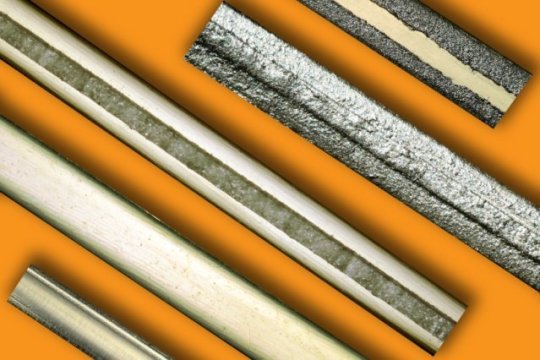
Artificial muscles — materials that contract and expand somewhat like muscle fibers do — can have many applications, from robotics to components in the automobile and aviation industries. Now, MIT researchers have come up with one of the simplest and lowest-cost systems yet for developing such “muscles,” in which a material reproduces some of the bending motions that natural muscle tissues perform.
The key ingredient, cheap and ubiquitous, is ordinary nylon fiber.
The new approach to harnessing this basic synthetic fiber material lies in shaping and heating the fibers in a particular way, which is described in a new paper in the journal Advanced Materials by Seyed Mirvakili, a doctoral candidate, and Ian Hunter, the George N. Hatsopoulos Professor in the Department of Mechanical Engineering.
Previously, researchers had come up with the basic principle of using twisted coils of nylon filament to mimic basic linear muscle activity. They showed that for a given size and weight, such devices could extend and retract further, and store and release more energy, than natural muscles. But bending motions, such as those of human fingers and limbs, proved more challenging and had not yet been achieved in a simple and inexpensive system until the new work at MIT.
Source: Nylon fibers made to flex like muscles — ScienceDaily


